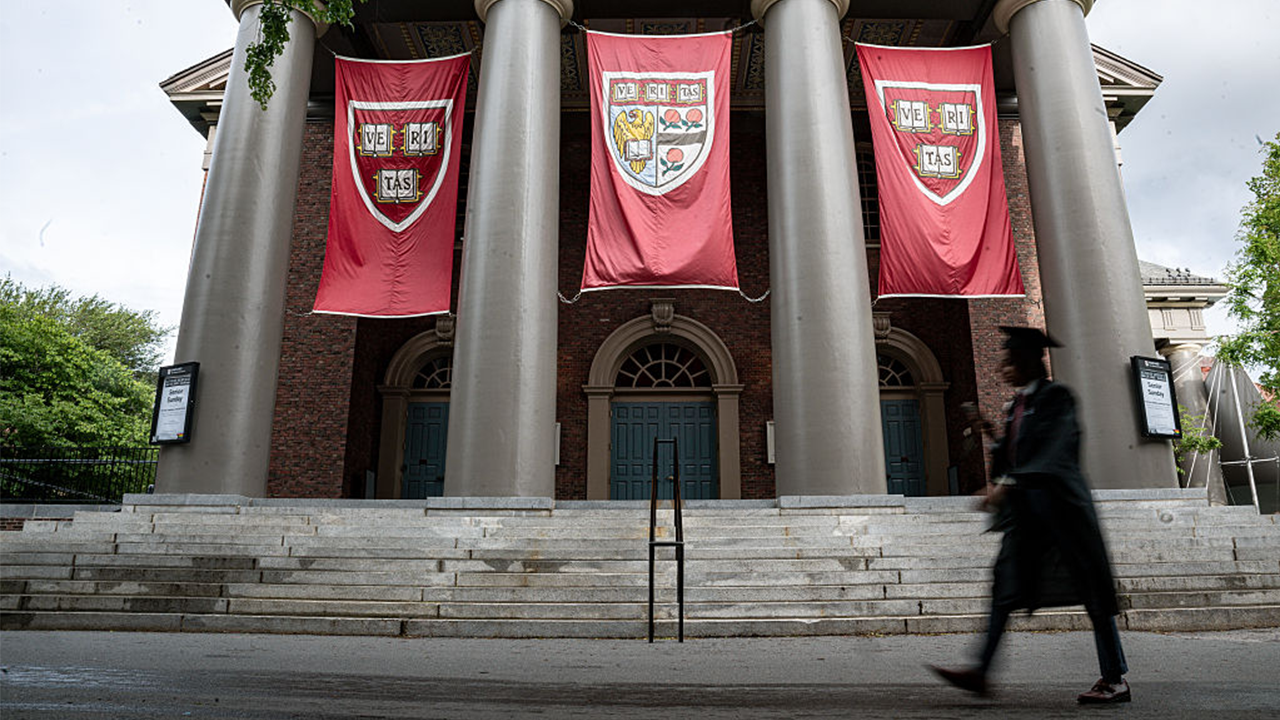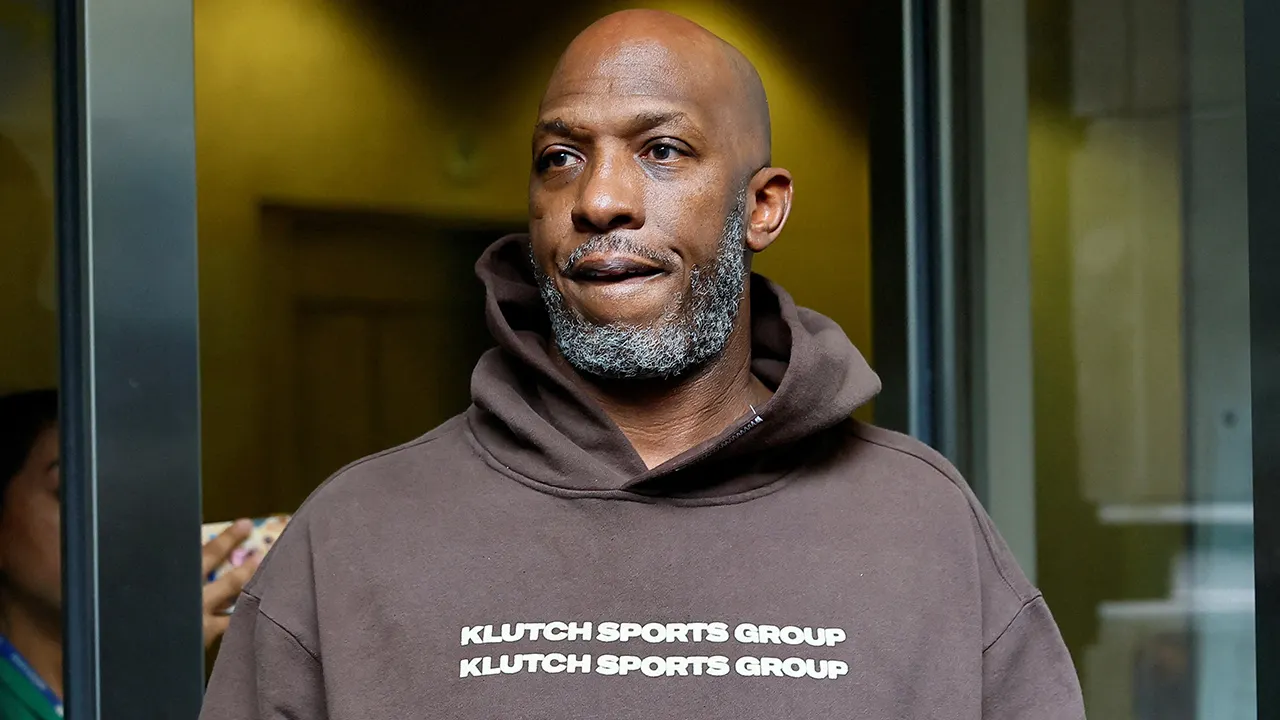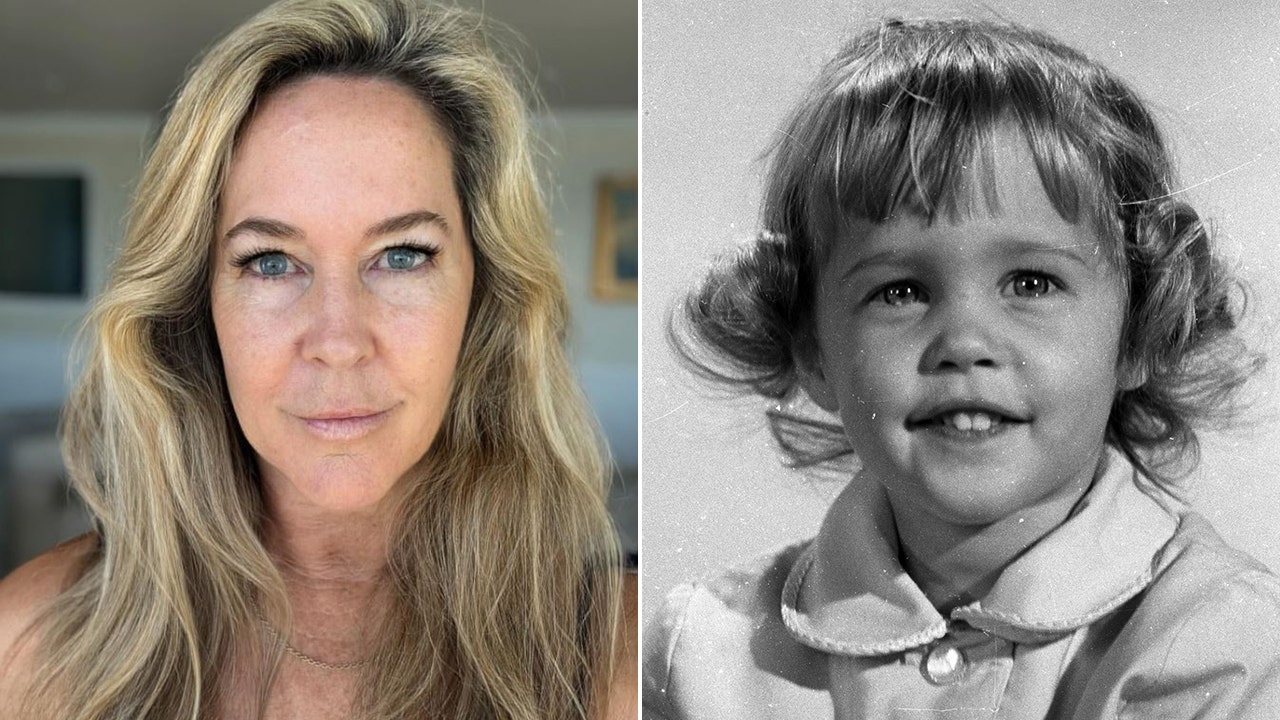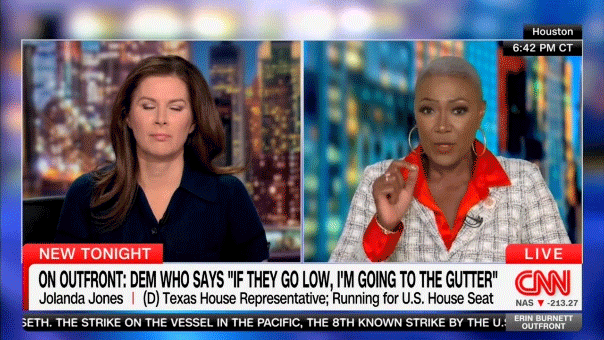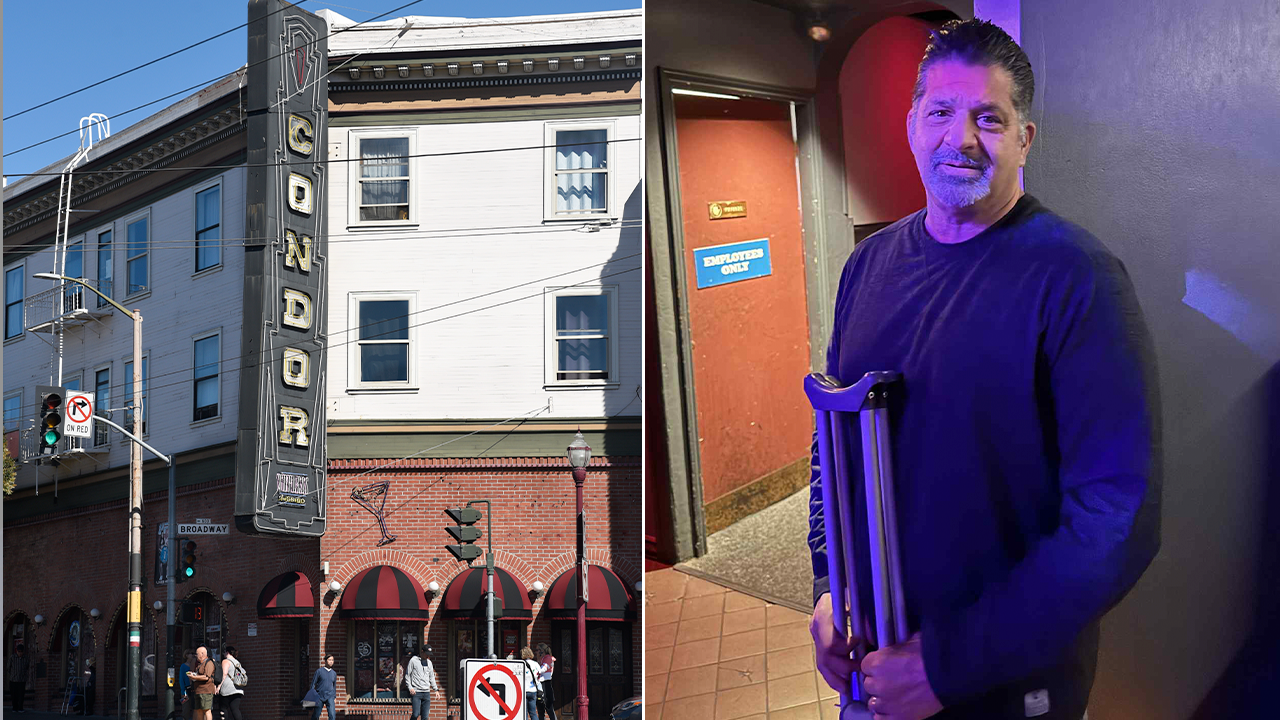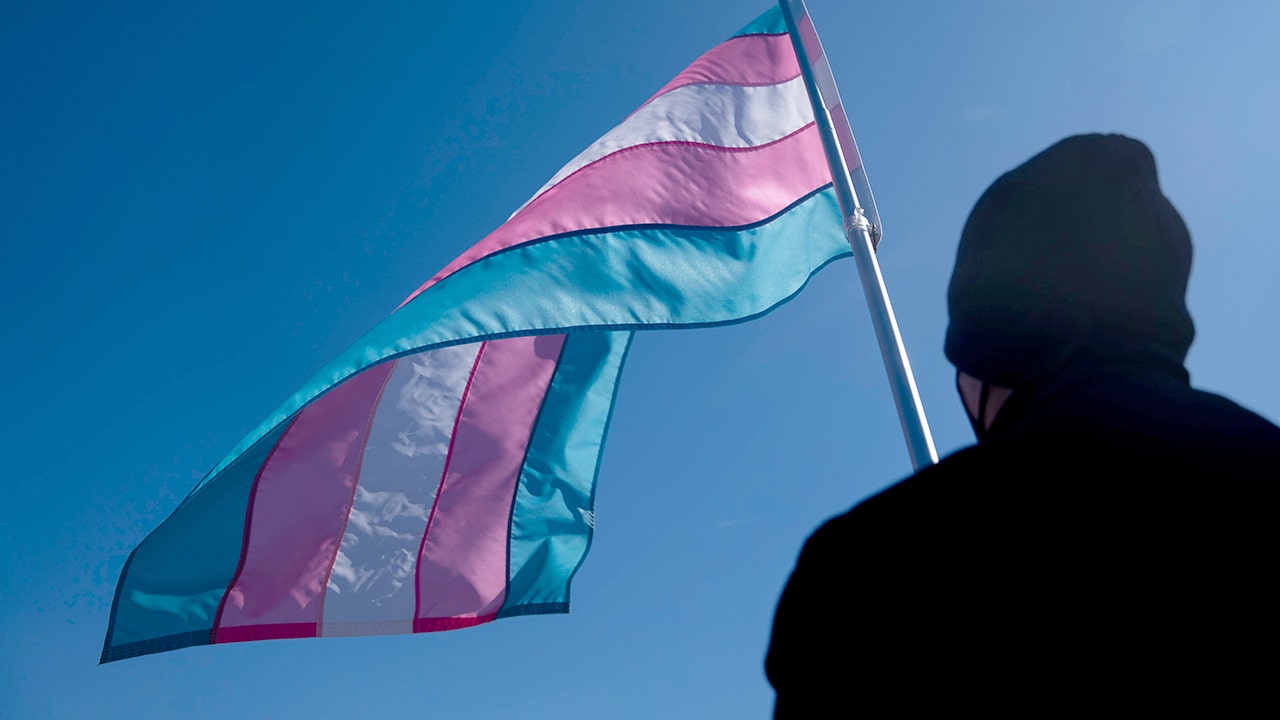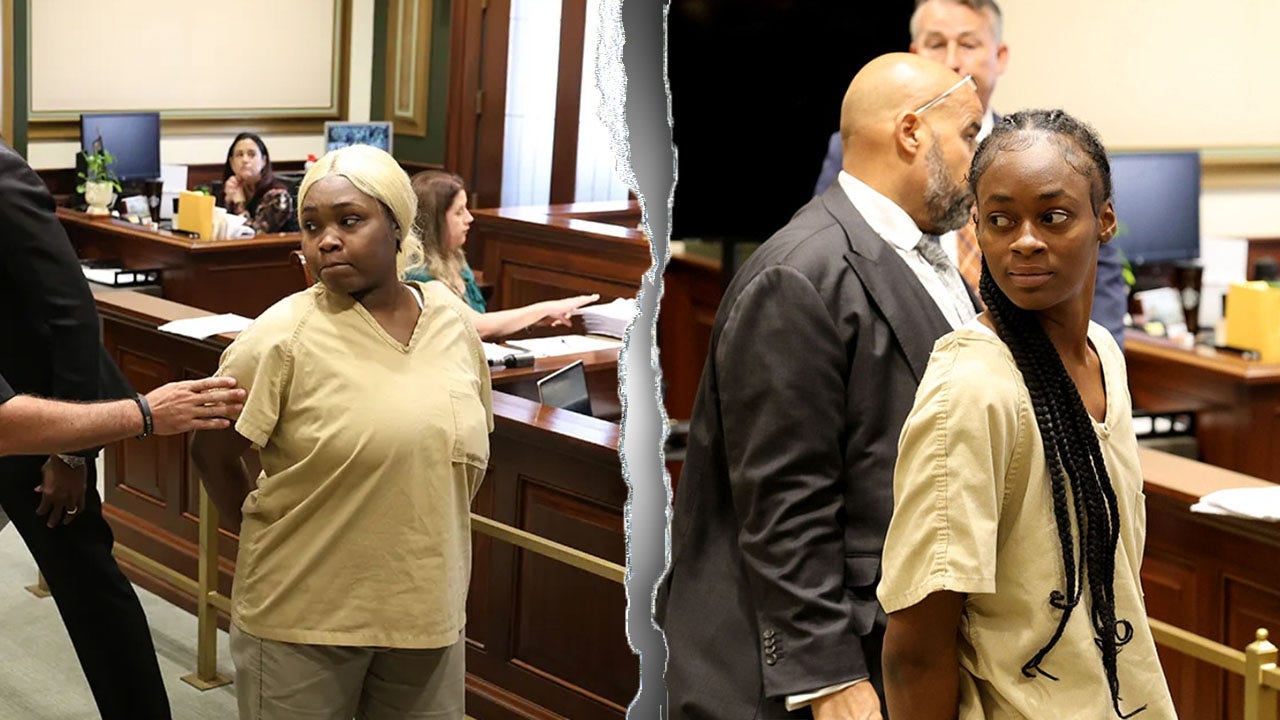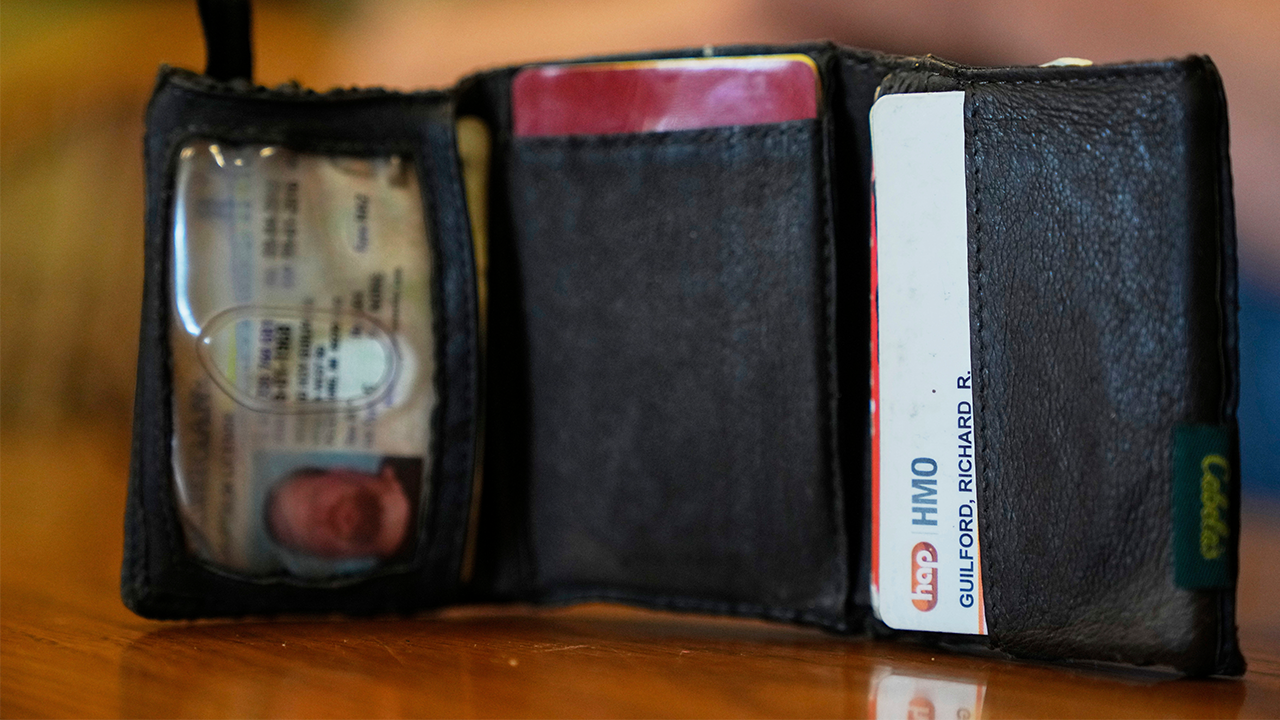NEWYou can now listen to Fox News articles!
The most consequential Supreme Court case involving race in the current session centers on whether Louisiana must, per the Voting Rights Act, have not one, but two, majority-Black congressional districts.
Progressives fighting a challenge to the current congressional district map — which includes two such districts — are already crying foul, as oral argument seemed to indicate that a majority of the justices are inclined to bar consideration of race in drawing district lines — much as they barred Harvard from considering race in its admissions decisions. For progressives, such a change would, as Politico put it, "gut" the Voting Rights Act, which ended Jim Crow’s outright disenfranchisement, through such means as poll taxes and literacy tests.
But, there’s another goal which once commanded liberal support that drawing black majority districts contravenes: residential racial integration. In effect, using race to draw district lines requires Black residential concentrations — what used to be called segregated neighborhoods. Only by going out of their way to find majority Black neighborhoods to cobble together in one district can Louisiana achieve progressives’ stated goal: two districts likely to elect a second black member of Congress, in a state whose population is one-third black.
LOUISIANA AG AIMS TO DISMANTLE ‘OFFENSIVE’ VOTING LAW THAT FACTORS RACE INTO REDISTRICTING
The map of the Louisiana congressional districts facing Supreme Court challenge tells the story. Of the state’s six congressional districts, only one — the Sixth district, specifically drawn to be majority Black — is not geographically contiguous. Instead, as the state map shows, it snakes across fully 10 parishes (counties), from central Louisiana, including the capital, Baton Rouge, to the far northwest, seeking concentrated pockets of Black voters, such that they comprise 54 percent of the population. Historically, the district was concentrated in a single parish, Natchitoches.
Absent pockets of concentrated Black residential areas, this fear of racial gerrymandering would have been impossible.
It could well be that such concentrations reflect ongoing housing discrimination — but, if so, the progressive preference of Black residents necessarily being represented by a Black member of Congress actually takes advantage of such a practice.
Overlooked, of course, is the possibility that Black residents have more in common with other members of their local communities — Black or White — than with others who are geographically distant. Or that significant Black minorities in majority White districts might become key swing voters.
It’s not the first time a progressive policy has fostered Southern residential segregation, in the name of providing a dubious benefit for African-Americans. Public housing has had the same effect in many communities in the Deep South and continues to do so. When created by the New Deal, the National Housing Act of 1937 was co-sponsored by Alabama Congressman Henry Steagall, who insisted the program serve more than major Northern cities. His Jim Crow.
Southern Democrats understood it, too, as a means to effect residential racial segregation. In the small city of New Bern, North Carolina, that state’s colonial capital, for instance, a racially-integrated working-class neighborhood called Long Wharf was declared a slum, demolished and replaced by an all-white housing project. An all-Black project was built in another part of town.
CLICK HERE FOR MORE FOX NEWS OPINION
It was part of a pattern. FDR himself inaugurated Atlanta’s all-white Techwood Houses; the city’s University Houses were reserved for Blacks. In Detroit, Eleanor Roosevelt, the quintessential progressive, cut the ribbon on the Frederick Douglas Houses, reserved for Blacks only. The first lady was convinced she was doing a good deed by guaranteeing Blacks would get the benefit of life in the new projects. (It didn’t turn out well, as the Douglas Houses were ultimately declared to be so "distressed" they had to be demolished.)
CLICK HERE TO GET THE FOX NEWS APP
In the Deep South today, public housing remains a redoubt of Black concentration: Blacks comprise 96 percent of public housing residents in Birmingham, 94 in Atlanta, 92 in East Baton Rouge and 96 percent in Clarksdale, Mississippi.
Ironically, even as residents often endure high crime and poor upkeep, those concentrations are crucial in forming the Black-majority congressional districts which progressives so fervently support. One bad idea has led to another.
Howard Husock is the author of "The Poor Side of Town: And Why We Need It" (Encounter Books). He is a senior fellow in domestic policy studies at the American Enterprise Institute. He served on the Board of Directors of the Corporation for Public Broadcasting from 2013-17.

 5 hours ago
3
5 hours ago
3

